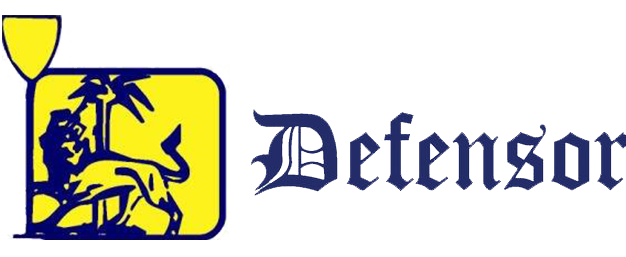The treatment of civil waste and sewage water using our microbial and enzymatic compounds is the new frontier of environmental sanitisation and purification; it is now the best alternative to both the chemicals used until now and mechanical technologies.
Their action exploits the natural processes of fermentation of organic matter, accelerating and changing them favourably.
The formation of harmful substances such as AMMONIA, HYDROGEN, SULPHUR, INDOLE, SKATOLE and MERCAPTANS is thus reduced.
When it is normally decomposed by natural and uncontrolled fermentation processes, organic matter causes the formation of harmful, toxic and foul-smelling substances. On the other hand, if we intervene on the control and selection of enzymes and microorganisms capable of metabolising organic residues, neither harmful or toxic substances nor bad smells will be formed; these are ecologically important results for humans and the environment in which they live.
Compared with chemicals, they have considerable advantages. Every single chemical has an activity aimed at precise objectives and its action is not always effective when combined with other chemical agents on complex substrates.
After use, then, chemical residues remain in the environment, causing side effects or even dangerous pollution. Moreover they overlap with bad odours and do not transform or reabsorb exhalations.
On the contrary, use of our products acts directly in the process of metabolisation and, above all, does not leave polluting residues because it is biological in nature. The following are the main objectives that use of our compounds makes it possible to achieve in the civil field:
- Total sanitisation of environments.
- Diminution of foul-smelling miasmas inside environments, along drain pipes, in septic tanks and in cesspools.
- Reduction of pathogenic bacteria such as faecal coliforms, Shigella, Salmonella and Pasteurella.
- Improvement of the COD and BOD 5 of wastewater.
- Elimination of the presence of hardpans and risk of pipeline obstruction.

















